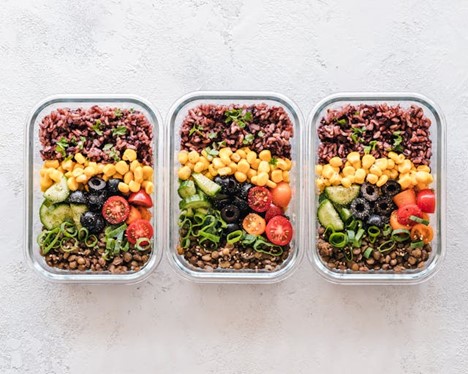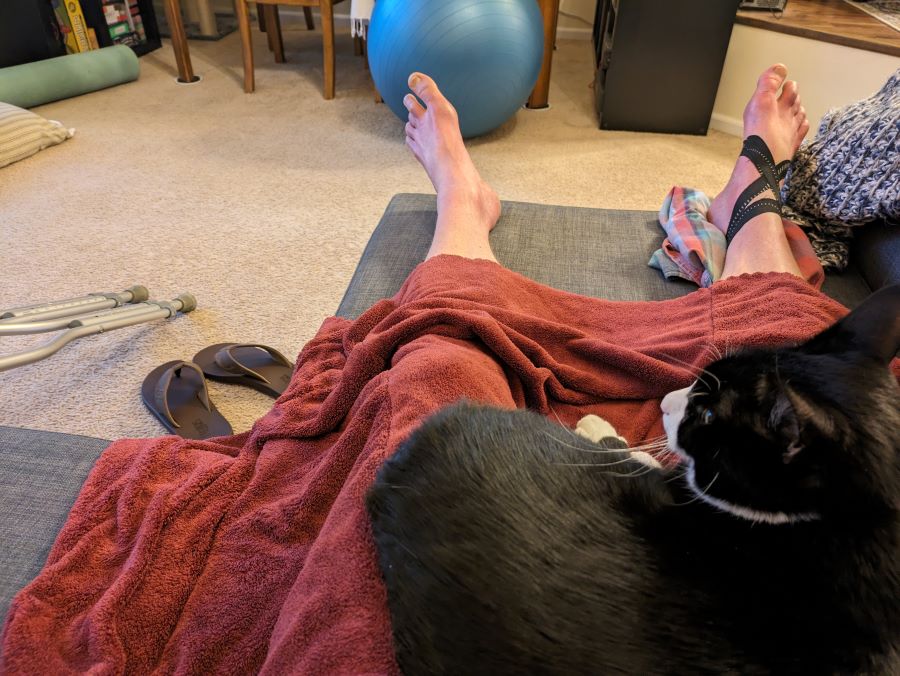
A common question I get asked by coaching clients is, “What’s the best system for _______?” The blank is things like keeping track of your tasks, eating well, studying, and exercising.
The answer is that there is no best system for anything. There are many good systems, but none are perfect. Which systems will work best for you depends on many factors, and you’ll sometimes need to adjust or replace your old systems as your situation changes.
The purpose of a system is to automate as much as possible, increasing efficiency and effectiveness while reducing mental effort. As long as a system is doing that, it’s good enough.
So your job is not to find the system for any given problem, but to find a system. The important thing is that you have some kind of system – that you’re not just winging it.
The particulars of your systems will differ from mine, and they might change over time, but that’s not what matters. What matters is the principles behind those systems.
Let’s look at some of those principles, using my systems as examples.
Rely on Reminders Rather than Memory
I have a three-tiered to-do list, that’s written out on paper. I use Google Calendar. I have phone alarms for my client sessions and appointments. I send myself emails. I occasionally jot things down on sticky notes.
How you manage your life will probably look different, and that’s fine. What matters is that you’re not using your brain to hold onto everything. You have a system for capturing your ideas, your obligations, your tasks, and whatever else you might need to remember.
Be Clear and Consistent on What, When, Where, and How You Do Things
I exercise every morning, following a three-day rotation: legs, abs, and arms. This routine puts my exercise on autopilot, so I don’t have to choose what I’m doing each day. On leg day, I perform the same sequence of exercises, in the same place (my living room home gym), in the same order. This ensures that I always do all of the exercises, and it makes it so I don’t have to choose what to do at each transition in the workout. The same goes for ab day and arm day.

How you choose to exercise will probably be different, and that’s okay. What matters is that you’re not doing random things at random times, requiring you to make decisions every step of the way. You have a routine that is clear and consistent about what, when, where, and how you do things.
Aim for Efficiency
My wife and I have a system of bulk cooking so that we don’t have to cook every day or even every week. We make giant batches of soup, stew, or curry, and freeze most of it. The freezer is stocked with 5-10 different types at any given time, so as we pull meals from it, we get to enjoy a variety of flavors. This system is extremely efficient, cutting down on the total time we spend shopping, prepping, cooking, and cleaning.
The way you achieve efficiency in your home will look different, which is to be expected. What matters is that, at the end of your work day, you don’t have to 1) Decide what to eat; 2) Buy the ingredients; and 3) Cook it. You’ve done some pre-planning, multi-meal shopping, or prep work ahead of time.

Your Systems Get to Evolve
The systems you use are not set in stone. You’re free to change them any time. Update and reorder them as needed.
My wife and I have a shared Google Doc for our grocery lists. We used to use OneNote, but it wasn’t syncing consistently, so we switched.
My daily to-do lists used to be written on quarter sheets of paper. Now I’m using a daily planner. My weekly to-do list used to be written on a third sheet of paper. Now I’m using a whole sheet, and I’m organizing the tasks into categories. I used to just write items down on the list, and cross them off when I finished them. Now I’m using a checkbox system to mark my progress on tasks that aren’t one-and-done.
For years, my morning routine was:
- Loving-kindness meditation combined with movement and stretching
- Exercise
- Coffee and wisdom
- Mindfulness meditation
- Writing
- Breakfast and learning
But then, last spring, I got injured. Immediately upon waking, I had to ice my heel on the couch.

So my system had to be reordered:
- Coffee and wisdom
- Mindfulness meditation
- Loving-kindness meditation combined with movement and stretching
- Exercise
- Writing
- Breakfast and learning
If I had thought to myself, Well, the system is ruined because of this injury, I might have abandoned all of my good habits. Instead, I viewed my system as just one of many possible systems, which gave me the flexibility to adjust it. This mindset is how to be resilient when your routine is disrupted.
Embrace Little Improvements
When one of your systems isn’t working as well as it could, or when someone has an idea about how to improve one of your systems, go for it. This is yet another way to practice mental flexibility – the essential skill of being willing to change your ways and try new approaches.
Don’t be afraid to run little experiments. Some of the changes you try won’t work, but some will, and they’ll make your life better. In the long run, little adjustments add up to a lot.
Keep in mind that your current system for any given thing is not the system but a system – one of many potential methods to achieve your goals.
Commit and Practice
However, don’t fall into the trap of constantly changing or trying out new systems. Find something good enough and stick with it for a while. Most of the benefits come from automaticity – from not having to think about it or use much willpower – and automaticity comes from practice.
Adopting a new system isn’t easy. It won’t work that well at first because you’re a beginner. You’ll falter and be tempted to abandon it. Don’t. Commit to it, and practice it long enough to see how well it truly works – perhaps a month or two. Then, if it really isn’t serving you, make a change.
